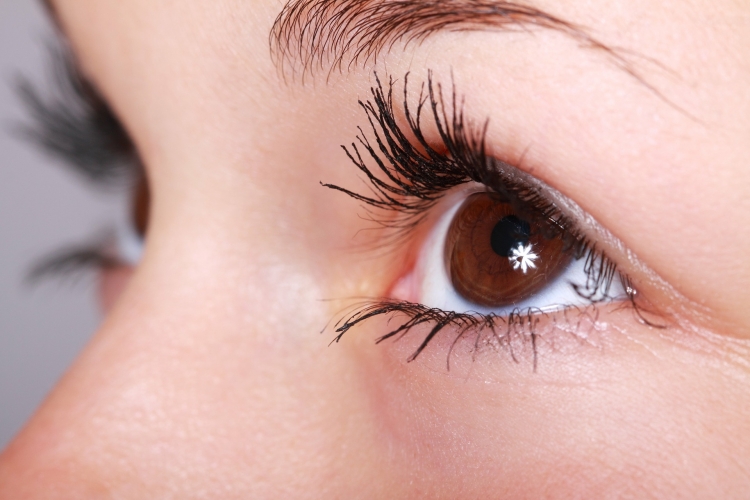Stargardt’s disease: the research being conducted

There is still no treatment for Stargardt’s disease, which mainly affects young people. However, the research is highly intensive and encouraging
Stargardt’s disease is a macular dystrophy that habitually affects adolescents and young adults. This pathology is present in one in every 10,000 people, it is hereditary in an autosomal recessive form due to the mutation of the ABCA4 gene, and it generally leads to the progressive reduction of visual acuity.
At present, there is no treatment for this disease but research in this field continues to be highly active. There are centres in Europe and the United States participating in a number of clinical trials with the aim of finding an effective therapy for the patients affected by Stargardt’s disease. This research includes both a pharmacological approach and gene and stem cell therapies.
The main pharmacological treatments are divided into two major groups:
Modulators of the visual cycle
The visual cycle is the process by which vitamin A, which is essential to the visual process. is recycled in the eye. Patients with ABCA4 gene mutation suffer disturbance in this cycle, causing vitamin A byproducts or dimers to accumulate in a toxic manner in the retinal pigment epithelium (RPE) and generating atrophy and photoreceptor cell death. This has resulted in the designing of a visual cycle modulating agent (Emixustat), which is currently in the trial stage (NCT03772665, multicentre phase III study) and whose main function would be to slow vision loss and preserve the retina.
Complement inhibitors
It is believed that the C5 complement factor is involved in the development of Stargardt’s disease. The aim of inhibiting this complement, which plays an important role in the dysfunction of the RPE and the degeneration of photoreceptors, has led to the designing of Avancincaptad Pegol (Zimura). The Institut de la Màcula, in close collaboration with the Barcelona Macula Foundation, is the only centre in Spain that is participating in the clinical trial that aims to test the efficacy and safety of Zimura (OPH2005, phase 2b multicentre study) for patients with Stargardt.
Gene therapy is based on the repair or replacement of the ABCA4 gene mutation. The various clinical trials being conducted use a virus from the lentivirus family as a vector to administer the corrected ABCA4 gene in the cells of interest.
With centres in the United States and France, an active trial is assessing the safety and efficacy of this therapy with a follow-up of 48 weeks (SAR422459, previously known as StarGen). A substudy will assess the treatment’s safety and tolerability in a selection of patients over 15 years.
Human stem cells are immature cells that are able to produce different types of cells with specialised functions in the human body, including the photoreceptors that are affected in patients with Stargardt’s disease. The research conducted in this area has been based on the testing of human embryonic stem cells in the RPE. Two prospective phase I/II studies in the United States report good safety and tolerability of this therapy in 9 patients with Stargardt’s disease.
The creation of a national database of those with diseases related to the ABCA4 gene mutation is a necessity not only for research, but also for those affected. Consequently, it is highly recommended that all affected people confirm the mutation of the ABCA4 gene with laboratories. Upon registration in this database, people could be included in future clinical trials, many of which are expected to begin in the coming years. This would enable them not only to enjoy the opportunity to access an innovative treatment, but also to contribute to medical advancement.
REFERENCES
- McGrath D. (2019). Inherited retinal disease. Eurotimes.org. Available at https://www.eurotimes.org/inherited-retinal-disease/.
- Ciulla, T. (2019). Seeking Therapies for Stargardt Macular Dystrophy. RetinaToday.com Available at http://retinatoday.com/2019/08/seeking-therapies-for-stargardt-macular-dystrophy.
- National Eye Institute (2019). At a glance: Stargardt Disease. Nei.Nih.gov. Available at https://www.nei.nih.gov/learn-about-eye-health/eye-conditions-and-diseases/stargardt-disease.
Author: Clara Abadias, member’s BMF research team.